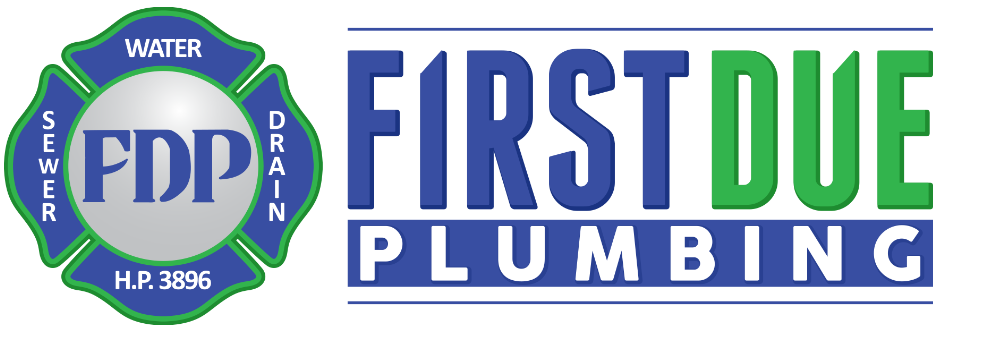
In contrast, notes receivable (an asset) is a more formal legal contract between the buyer and the company, which requires a specific payment amount at a predetermined future date. The length of contract is typically over a year, or beyond one operating cycle. There is also generally an interest requirement because the financial loan amount may be larger than accounts receivable, and the length of contract is possibly longer. A note can be requested or extended in exchange for products and services or in exchange for cash (usually in the case of a financial lender). Several characteristics of notes receivable further define the contract elements and scope of use. The examples provided account for collection of the note in full on the maturity date, which is considered an honored note.
Key Components of Notes Receivable
Such notes can arise from a variety of circumstances, not the least of which is when credit is extended to a new customer with no formal prior credit history. Before realization of the maturity date, the note is accumulating interest revenue for the lender. Interest is a monetary incentive to the lender that justifies loan risk.
Notes Receivables – Definition, Importance, Example, and Classification
- In most cases, the transaction between the issuer and acquirer of the note is at arm’s length, so the implicit interest rate would be a reasonable estimate of the market rate.
- When the borrower or maker of a note fails to make the required payment at maturity, the note is considered to have defaulted.
- Situation 2b – The company receives another note from the customer for the principal and receives cash for the interest only.
- The accounts receivable is just as valid a claim as are the notes receivable, as well as the interest.
- Notes receivable are written commitments without conditions in which an individual or business pledges to pay a specified amount at a predetermined date or upon request.
On 1 May 20X4, PQR, Inc. lent $2 million to ABC, LLC for 2 years against a documented promissory note. DEF, Inc., another client of PQR, Inc. issued a 2-month promissory note against their outstanding balance of $3 million on 1 November 20X4. Note receivable from ABC LLC carried 5% simple interest rate payable annually while the one from DEF Inc. carried 8% interest compounded monthly. Cash or bank is debited by the sum of principal amount and interest not yet received. Interest receivable account is credited where the note carries simple interest. Interest income account is credited when the interest received has not been recognized already.
3.2: Notes Receivable
- The Bullock Company’s journal entries for 1 November 2019, 31 December 2019, and 31 January 2020 are shown below.
- The term “discount” is used because the bank deducts the interest it charges from the note’s maturity value and thus discounts the note.
- Note that in this calculation we expressed the time period as a fraction of a 360-day year because the interest rate is an annual rate and the note life was days.
- Using our example, if the company was unable to collect the $2,000 from the customer at the 12-month maturity date, the following entry would occur.
- A note receivable is a loan contract that specifies the principal (amount of the loan), the interest rate stated as an annual percentage, and the terms stated in number of days or months.
- It is not unusual for a company to have both a Notes Receivable and a Notes Payable account on their statement of financial position.
All such information is provided solely for convenience purposes only and all users thereof should be guided accordingly. For information pertaining to the registration status of 11 Financial, please contact the state securities regulators for those states in which 11 Financial maintains a registration filing. The ability to raise cash in this way is important to small and medium-sized businesses, which may have limited access to finance. The Bullock Company’s journal entries for 1 November 2019, 31 December 2019, and 31 January 2020 are shown below. It is possible to combine the previous two entries by debiting Notes Receivable and crediting Sales.

That is to say, if the original holder is without further liability, then the asset is effectively transferred and its amount should be removed from the books. Now, assuming the same facts as in Example 2, suppose that the note is assigned originally on 30 June 2021. In many cases, these liabilities are not included in the balance sheet with other liabilities.
For example, when the previously mentioned customer requested the $2,000 loan on January 1, 2018, terms of repayment included a maturity date of 24 months. This means note receivable that the loan will mature in two years, and the principal and interest are due at that time. The following journal entries occur at the note’s established start date.

Let’s say that our example company turned over the $2,200 accounts receivable to a collection agency on March 5, 2019 and received only $500 for its value. The difference between $2,200 and $500 of $1,700 is the factoring expense. Notes receivable are financial assets of a business which arise when other parties make a documented promise to pay a certain sum on demand or on a specific date. The journal entry will follow if a company pays another party directly in exchange for a note receivable. Basically, a receivable is the opposite side of the transaction from the payable. The lender records a note receivable as an asset on its balance sheet while the borrower records a note payable as a liabilityon its balance sheet.
Would you prefer to work with a financial professional remotely or in-person?
This examines a note from the lender’s perspective; see Current Liabilities for an in-depth discussion on the customer’s liability with a note (payable). This journal entry causes the balance in Accounts Receivable to decrease and the balance in Note Receivable to increase. The same $1,000 that the customer owes is now classified as an interest-bearing loan rather than just aninterest-free amount owed on an invoice. When notes are sold with conditions, the company creates contingent liability, and it is disclosed in the notes to financial statements. FV is the payment at the end of six months’ time (future value) of $5,000. After a year, ABC Co. must record the receipt when the customer repays the loan.


